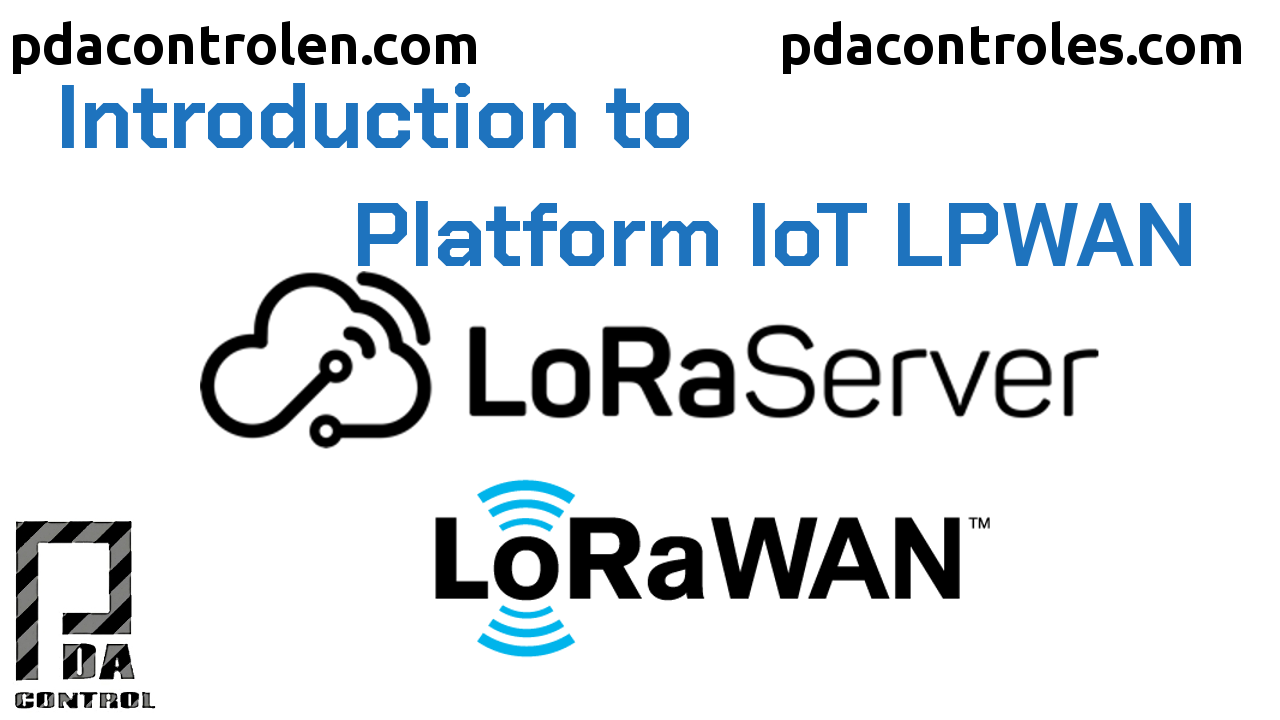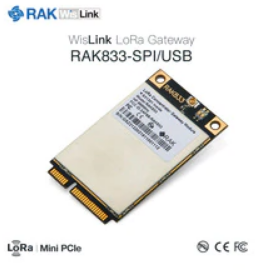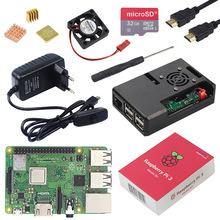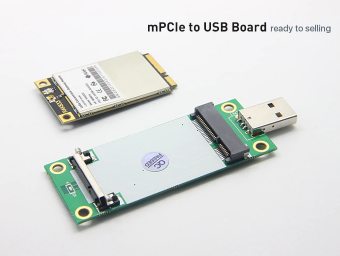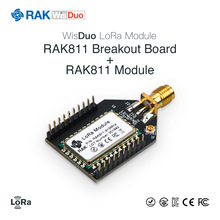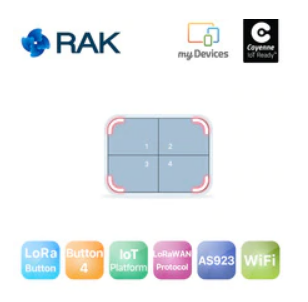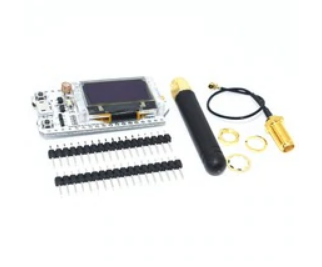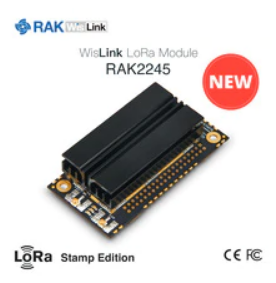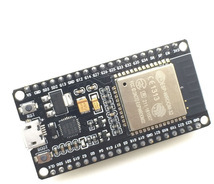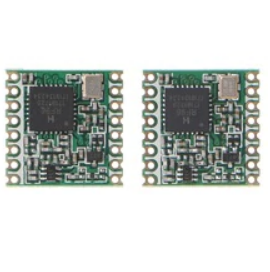Loraserver is a project started in 2015, it is an open source LoRaWAN server, the project provides the components to create LPWAN networks based on LoRaWAN, it includes a user-friendly web interface and the gRPC and REST APIs, each component or module is configurable and they also allow exchange according to the needs of their final application.
We will use LoRa Server in future tests, the purpose will be to implement or have the knowledge to set up our own functional LoRaWAN network.
Recommeded: Getting started, considerations and concepts LoRaWAN # 1
Also The Things Networks has a downloadable version that allows us to implement our own local LPWAN network, it is written in Go, LoRaWAN Stack , , it is a very complete project, but I personally consider more practical the implementation of Lora Server, maybe we will then give the opportunity to TTN on a local server.
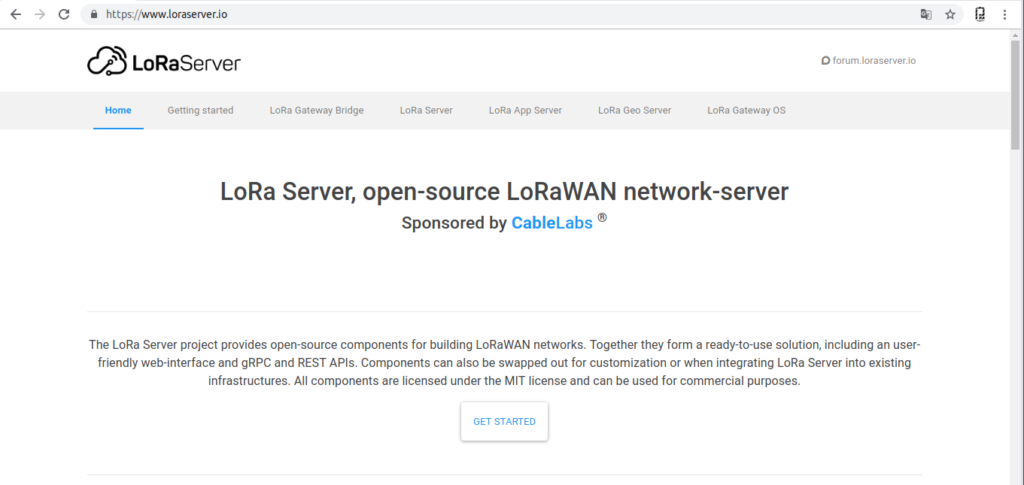
The promoter and creator of the Lora Server project is Onre Brocaar, on behalf of PDAControl thanks him for his great initiative and has created an alternative to The Things Networks, All the components of Lora Server are authorized under the MIT license and can be used for commercial purposes .
Oficial Website: LoRaServer.io
Github: LoRa Server
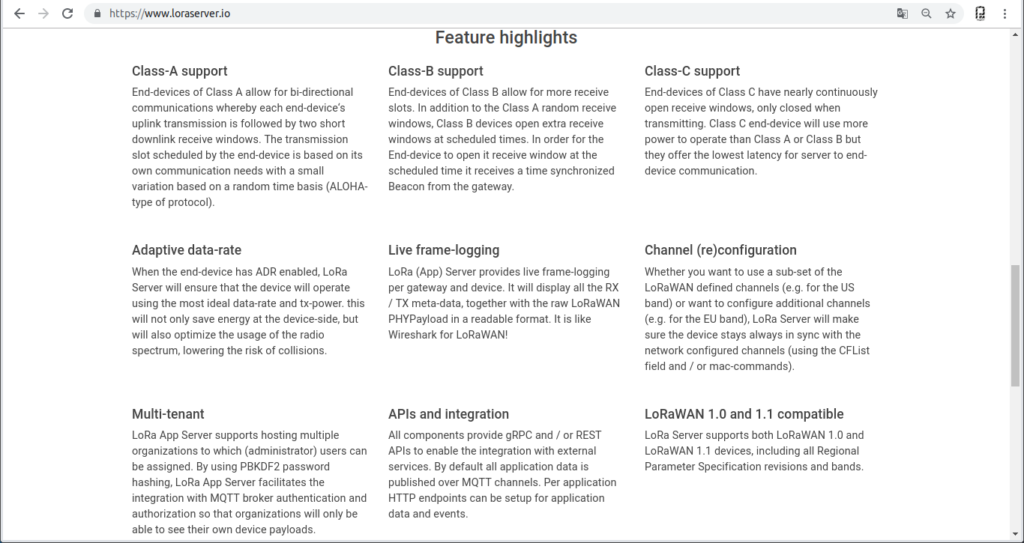
Materials and where to buy them
For our next tutorials we will implement a LoRawan network and have acquired the following RAK Wireless equipment that will allow us to create a professional and robust network.
Previous tutorials Recommended
I recommend watching these tutorials and previous tests, to understand the next LoRaWAN tests:
Main features LoRa Server
- Class A support.
- Class B support.
- Class C support.
- Adaptive data rate (ADR).
- Live frame-logging.
- Channel (re) configuration.
- Multi-tenant.
- APIs and integration.
- LoRaWAN 1.0 and 1.1 compatible.
Complete and detailed information about more features about LoRa Server: Loraserver.io/features
Lora Server Architecture
The architecture is technically the same or similar to the architecture of The Things Networks.
LoRaServer has the general components of the LoRaWAN platforms that are:
IoT devices or LoRaWAN nodes (Sensors) or devices that transmit using the LoRa network to the gateway or gateway.
Gateways: These are the devices that redirect or re-send LoRaWAN packets from the nodes to the server or servers.
LoRa Server has LoRa Gateway Bridge, which converts frames in UDP / IP redirect to MQTT protocol.
LoRa Server: this component is responsible for managing the LoRaWAN network, is the one that manages and manages active devices and those that want to integrate into the network.
LoRa Geo Server: additional component, which contains geolocation services, to determine the location of the devices.
LoRa Application Server: this component provides the web interface, the management of users, organizations, applications, gateways and devices.
More detailed information: Components LoRa Server.
Gateway Raspberry Pi + RAK833 USB/SPI With 8 Channels

Node LoRaWAN RAK 811, AT Commands
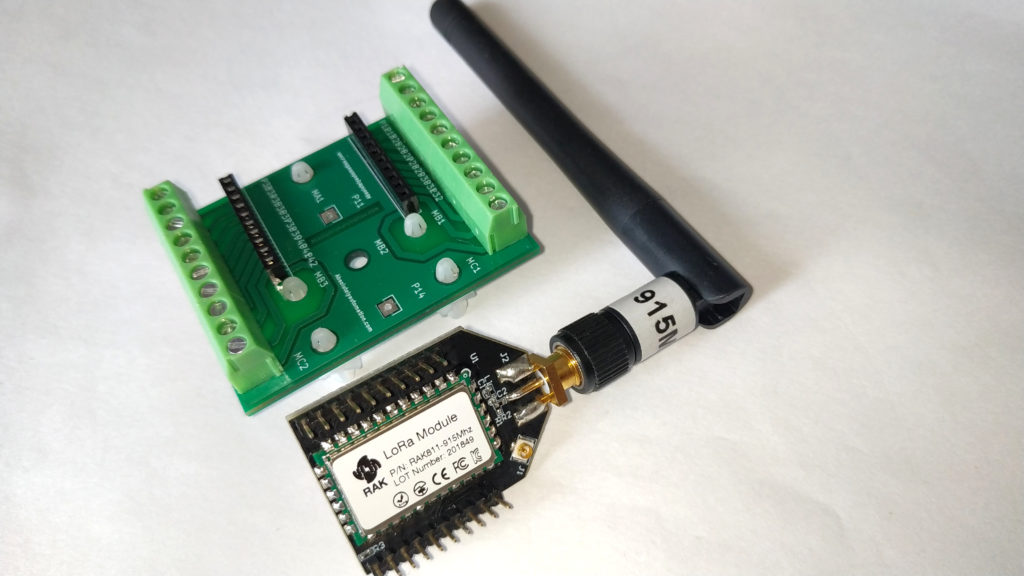
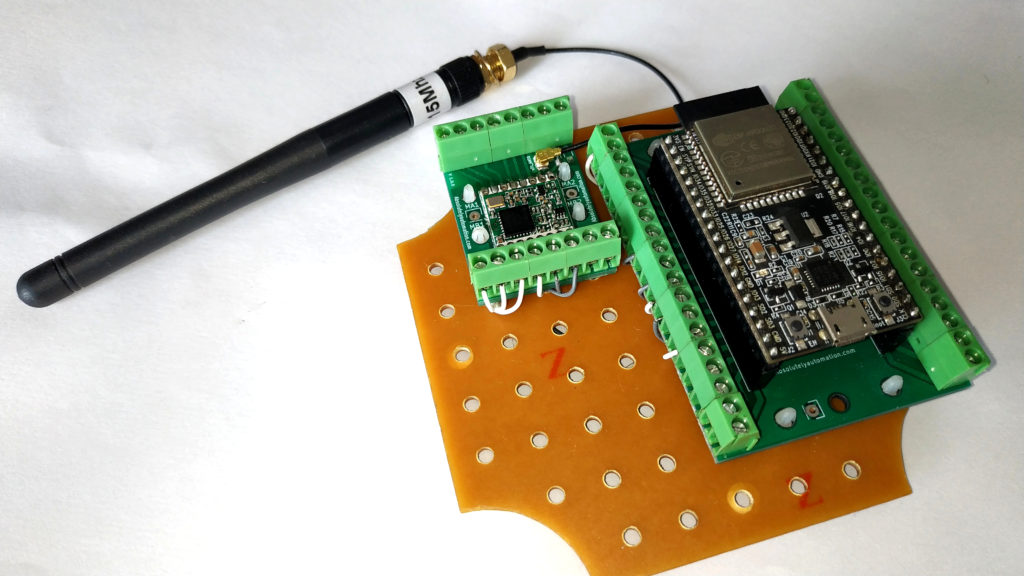
Note: The PCBs seen above are another initiative, I will soon indicate how to manufacture them to facilitate assembly.
Video explained: Introduction Platform LoRa Server LoRaWAN IoT
Conclusions
This brief introduction to LoRa Server will start a series of more advanced tests later.
As much as The Things Network and LoRa Server are excellent IoT platforms implementing LPWAN networks, although we will test integrations both platforms for the creation of own and / or private LoRaWAN networks. LoRa Server is a very complete option.
Initially we will install in Raspberry Pi, then we will advance to Ubuntu Linux servers, maybe CentOS.
Our purpose is to explain or give the bases so that they can create their own LoRaWAN Networks, in the case of my country there is no gateway or public gateways for connections with platforms such as TTN and I have decided to manufacture and implement affordable and functional solutions, using multi-channel and RAK gateways Wireless has perfect equipment, in next tutorials we will create a complete LoRaWAN gateway.
In future Tutorials we will clarify some possible doubts, characteristics and scope of LoRaWAN, Greetings.
